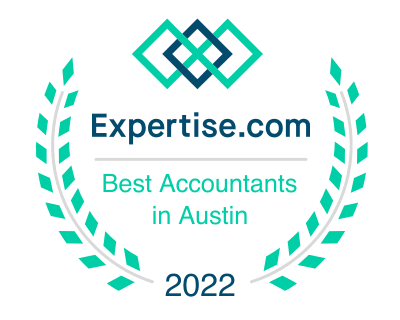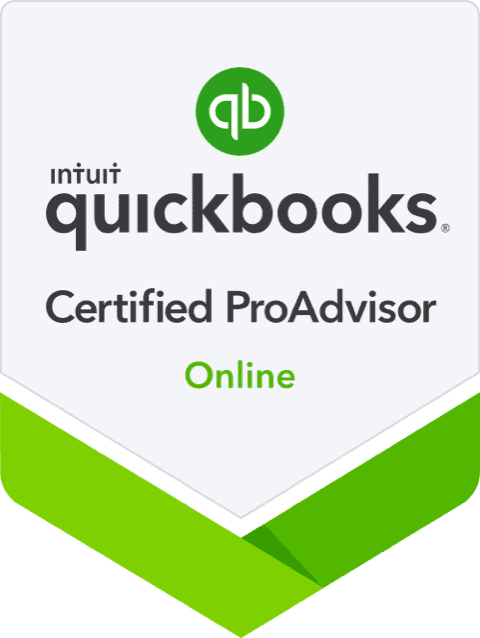Cloud Accounting Vs. Traditional Accounting

There will be endless volumes (justifiably so) written on the data/storage/security advantages of cloud accounting versus traditional accounting software. For me, data storage advantage considerations alone would be convincing enough to make the jump to the cloud as a business owner; however, there are equally or perhaps more compelling operational reasons to move to a cloud-based accounting solution. Therefore we’re going to explore the most critical operational advantage of utilizing cloud accounting vs. desktop.
Direct Bank Feed Access
The most crucial operational advantage of cloud-based accounting vs traditional bookkeeping: Direct Bank Feed Access. The ability to categorize transactions in the accounting file that flow directly and securely from business banks and/or credit cards enables accurate and COMPLETE Financials in real-time. If you think about information flow at a transactional level, from the point of purchase (for a business expense charged to a credit card, for instance) to when that expense is categorized in the accounting file, to when it ends up as part of a Profit and Loss Report, historically this information flow could take weeks or even months. Traditionally, an accountant would see a credit card transaction on a month-end statement, ask the business owner the nature of the transaction if it wasn’t clear, then either manually input or upload the statement charge to the accounting file and categorize it appropriately. If a charge occurred at the beginning of the month, it may be weeks before a statement would be available for the accountant to analyze and act on.
With direct bank feed access available in cloud-based accounting software such as Xero or Quickbooks Online, now the accounting file is now the central hub capturing all business transactions directly in real-time. All business bank and credit card accounts are securely connected to the accounting file, so now there is no lag between the credit card transaction, for example, and the accountant’s ability to view it within the accounting software, because the file now contains real-time data feeding directly from bank and credit card accounts. Additionally, the data is NOT immediately moved into the general ledger (where it will then be part of the Profit and Loss Statement in the case of a credit card transaction example). In cloud-based accounting software, the data moves securely into the “Feed”, where the accountant can view and categorize it accurately. There may still be transactions that an accountant would need to ask the business owner about; however, these can now be addressed immediately. Also, since the data fidelity is so much higher, the accountant and business owner don’t have to worry about missing transactions in between bank statement dates. The bank statements now serve their intended purpose, a check against existing accounting file transactions instead of being the SOURCE of the transactions.
What’s the Outcome?
Two important outcomes come from having this operational advantage of accurate, real-time data: the ability to more effectively analyze financial results more effectively and project future business scenarios more effectively. First, using cloud-based bank feeds to populate the accounting file, as explained above, makes Financial Statement analysis more accurate and timelier. Having an accurate Profit and Loss Statement (P&L), for example, is essential to get an “apples to apples” comparison month over month. Still, you also need that to have the most recent data to make the best operational decisions. Cloud-based, bank feed accounting provides that real-time database that can produce the most up-to-date reports, providing the base to make the best operational decisions.
The only way to ensure the most accurate forward-looking financial projections is to have that same accurate data in real-time. Therefore, projection modeling is critical to making essential decisions around growth, assessing future pinch points, business buyouts, etc. If base data is delayed and inaccurate, the Financial Projection or model is less likely to inform the best decision, and regardless will quickly become stale. Conversely, utilizing cloud-based accounting technology, a Financial Projection will start with the ability to inform the best decision and can evolve DYNAMICALLY as real-time data replaces stale data that previously may have sat unchanged in a cumbersome workbook.
In sum, the real-time nature and accuracy that comes from bank and credit card accounts feeding directly and securely into the accounting file is a massive advantage, allowing business owners and teams to make better decisions.
By Kyle Smith, CPA







